Description

Parameters and specifications
Processor: The MCP750 uses a PowerPC-based processor architecture that can reach 600-800MHz.
Memory: Expandable up to 1GB RAM.
Storage: Flash storage, expandable up to 64MB.
Connection: Support Ethernet, USB, serial port (such as RS-232, RS-485, etc.) and other interfaces.
Operating temperature: -40℃~ 85℃.
Power Supply: 3.3V.
Size and weight
Size: 100mm × 75mm.
Weight: 50g.
series
The MOTOROLA MCP750 itself is a product model, not a family. But it was an embedded computer board or module from MOTOROLA (now Freescale Semiconductor).

trait
High performance: Built-in cache and multiple I/O interfaces, capable of handling large amounts of data and real-time tasks.
Low power consumption: It has the characteristics of low voltage and low power consumption, and is suitable for long-term operation in industrial control, automation and other occasions.
High reliability: Industrial design, with anti-electromagnetic interference, temperature, humidity and other characteristics, can work stably in harsh environments.
Easy integration: The board is small in size, has a variety of I/O interfaces and standardized bus structure, and is easy to integrate with other hardware modules.
Scalability: Functions can be expanded by means of expansion boards and interface boards to meet the needs of different applications. 
effect
Industrial automation: It can be used as the core board of PLC, DCS and other control systems to achieve automatic control of the production line.
Data acquisition: The data of various sensors and instruments can be collected through a variety of interfaces for data acquisition, monitoring and other fields.
Communication: It can be used as the core board of communication equipment to realize the processing and data transmission of various communication protocols.
Other applications: It is also widely used in mechanical control, data acquisition and monitoring systems, intelligent equipment and other fields to help users achieve equipment automation, intelligence and efficiency improvement.




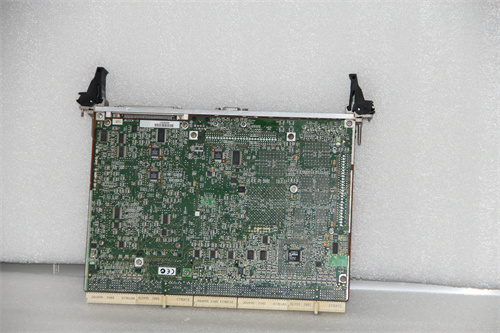


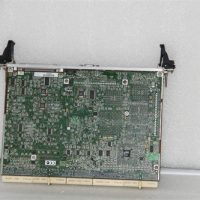
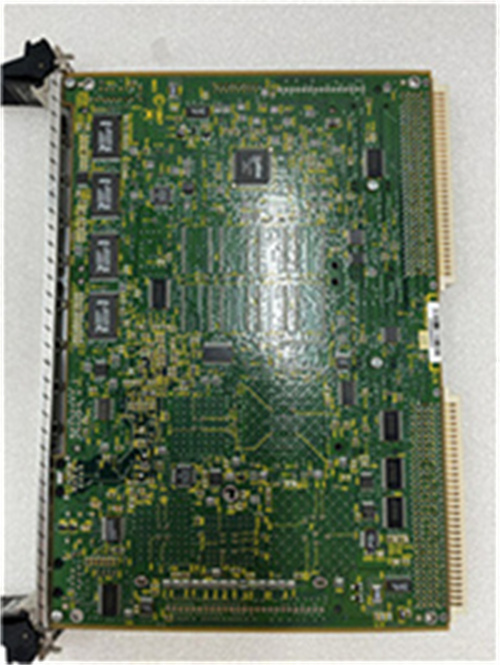
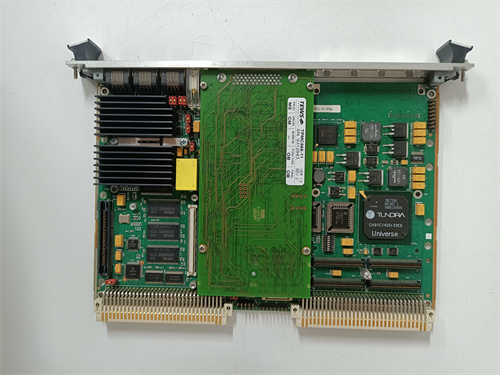

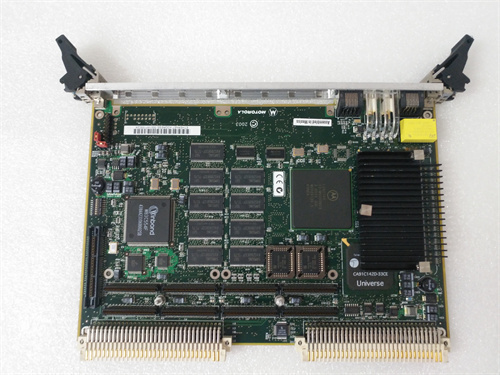

.jpg)
Reviews
There are no reviews yet.